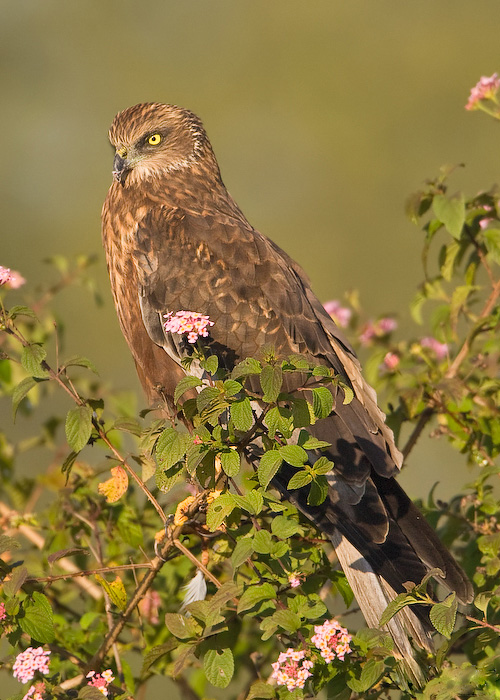Facts About Western marsh harrier
The Western Marsh Harrier, also known as the Eurasian Marsh Harrier, is a sizeable bird of prey found in the temperate and subtropical regions of western Eurasia and Africa. Its scientific name, Circus aeruginosus, has roots in Ancient Greek and Latin. "Circus" derives from the Greek word "kirkos" meaning a bird of prey that circles in the sky, and "aeruginosus" translates from Latin as "rusty."
Historically, several similar birds were grouped under the Western Marsh Harrier designation. Today, these relatives are recognized as separate species, including the Eastern Marsh Harrier, Papuan Harrier, Swamp Harrier, and Madagascar Marsh Harrier.
An intriguing aspect of the Western Marsh Harrier is sexual dichromatism, where males and females exhibit different colors. Males display reddish-brown plumage with yellow streaks, while females are predominantly chocolate-brown. Juveniles resemble females but display less yellow. Occasionally, a rare dark-colored variant known as a hypermelanic morph can be observed.
These birds breed in regions across Europe, northwestern Africa, Central Asia, and the Middle East. They are migratory, with some populations wintering in Europe and Africa. There is also a subspecies called harterti that remains in North Africa throughout the year.
Western Marsh Harriers thrive in wetlands abundant with common reed but can also be found in farmlands and grasslands. They hunt by gliding low over open terrain, searching for small mammals, birds, insects, reptiles, and frogs.
Their breeding season begins from mid-March to early May, with males often having multiple mates. They build ground nests using sticks, reeds, and grasses, and typically lay 3-8 eggs.
In the past, Western Marsh Harriers faced significant threats due to hunting, habitat loss, and pesticide use. Fortunately, they are now protected in many countries and have seen a resurgence in places like Great Britain and Ireland. Despite ongoing threats such as shooting and breeding disturbances, the Western Marsh Harrier is classified as a species of Least Concern by the IUCN, indicating they are not currently at risk of extinction.

 Germany
Germany